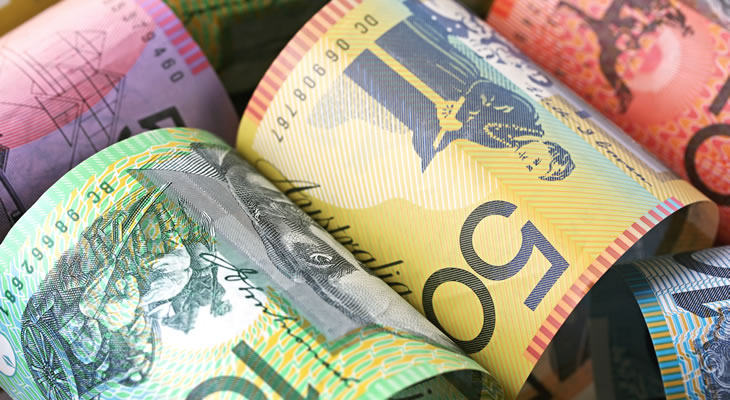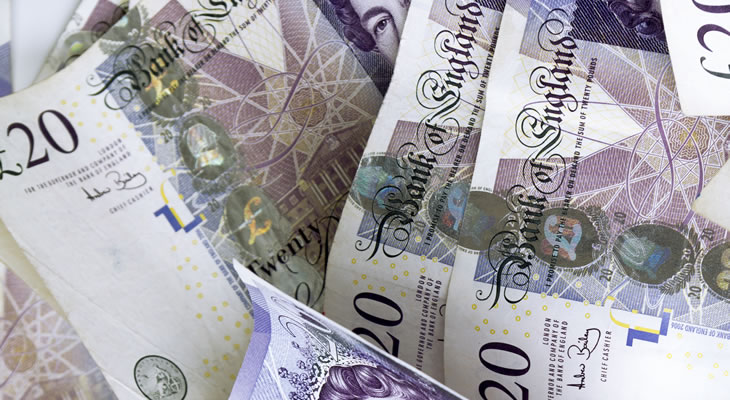Poor retail sales figures for December dented the outlook for UK consumer-spending, weighing on long-term GBP AUD exchange rate forecasts.
Worst Retail Sales Decline in Five Years Takes Shine off Strong UK Post-Referendum Economy
The latest UK retail data has significantly disappointed forecasts, showing a -1.9% fall on the month and a slowdown to 4.3% on the year in December. Economists had anticipated monthly sales would continue to decline at just -0.1% as in November, while predictions for annualised sales had an acceleration from 5.7% to 7.2% on the cards.
The decline was the biggest seen in almost five years and bodes ill for things to come. Pro-Brexit supporters have repeatedly used strong consumer spending figures as evidence that the vote to leave the European Union did not negatively impact the UK economy. However, the latest figures somewhat undermine that claim.
Scotiabank’s Alan Clarke commented;
‘UK retail sales volumes were terrible in December… much worse than expected.
We know from the CPI data earlier in the week that prices rose more than expected in December and now we also know that sales volumes fell.
This is likely to be the theme for the rest of the year – higher prices will reduce disposable income and hurt consumer spending growth.’
Some economists pointed out, however, that the weakness in December sales could be at least partially due to the Black Friday and Cyber Monday events in November, with people taking advantage of the deals to do their Christmas shopping early.
Focus on CPI, Retail Sales and Wage Growth for GBP Investors as Brexit Draws Near
UK inflation is expected to continue rising, with the Bank of England (BoE) currently forecasting inflation will hit 2.7% in 2017; but recent consumer price index data shows prices have already been growing significantly above the predictions of economists.
If inflation continues to accelerate, investors will become further fixated upon retail sales figures. Consumer spending is responsible for driving the UK economy forward, so weakening activity will undermine the currently solid growth rate – estimated at 2.2% for 2016. As well as inflation and sales data, wage growth figures will be closely scrutinised; if household incomes keep pace with rising prices, there is a chance consumers will be able to maintain the same high level of activity seen in the final months of 2016.
Further weakening of the data could undermine GBP AUD in the long-term.
Potential for Conflict in South China Sea to Weigh on Australian Dollar

As the Trump administration approaches, economists in Australia are nervously turning their attention to the potential for conflict between the US and China.
China’s military presence in the South China Sea – a key trade route for global powers – could ignite a conflict between the Asian superpower and the United States that sees Australia dealing with the fallout.
The US objects to China’s attempts to militarise the region by artificially expanding islands and building anti-aircraft missile installations and airstrips in the region. Donald Trump’s Secretary of State Rex Tillerson has already threatened China over its presence in the region.
US Studies Centre at Sydney University’s James Brown warns that, should the situation escalate, the US will look to Australia for support, explaining;
‘We would need to make some hard decisions on how and where we would contribute support to the US in that kind of conflict and we’d also need to think through seriously the impact on our economy.
Frankly the situation could spin out of control very quickly … at that stage I would expect that Washington would be talking very directly with Canberra and Tokyo to say, “Where will you guys be when it comes to a conflict situation in the South China Sea?”’
Military or political support for the US from Australia would likely sour ties with China – the nation’s largest trading partner. The question of whether Australia can afford to be moralistic in these circumstances, or of which of the world’s major powers it can least afford to provoke the ire of, will hang over long-term Australian Dollar forecasts.
Interbank GBP AUD Exchange Rates
At the time of writing, the GBP AUD exchange rate was trading in the region of 1.63, while the AUD GBP exchange rate was trending around 0.61.


Comments are closed.